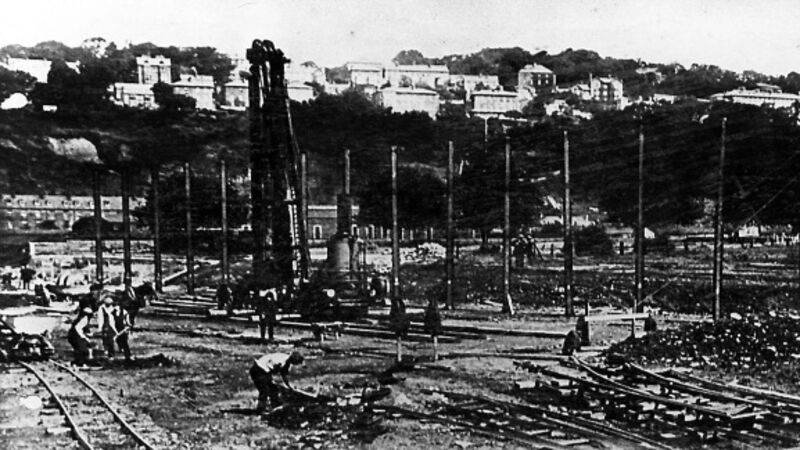The dispute that put 1,000 Marina jobs in jeopardy

By 1921, the Ford factory on the Marina in Cork had been operating for two years and the production line was in full cry.
However, a dispute between the company and Cork Corporation threatened its very future while it was still in its infancy.
The Corporation claimed that certain stipulations in the lease agreed between it and Ford had not been met, most significantly the covenant that the company would employ 2,000 there.
The motor company had instead reduced staff levels from 1,500 to below 1,000 as sales of the tractors produced there fell drastically. It had reasonable grounds for such actions, as trading conditions on the Marina had been far from ideal.
World War I had devastated Europe’s economy, while in Ireland, the War of Independence had brought parts of the country to a halt.
In August, 1921, a month after the Truce ended the War of Independence, matters came to a head, and Cllr Seán French met Cork managing director, Edward Grace.
Mindful that Ford was a vital employer in the city, Cllr French expressed the council’s understanding of the economic situation and suggested an arrangement be made to give Ford more time to meet the covenants of the lease. Discussing the meeting months later, Cllr French said Grace understood this and said “it would be no problem”.
Straight after the meeting, Grace wrote a letter to the Corporation stating he was awaiting a reply from Henry Ford on the matter. It would be more than two months before Grace contacted the Corporation again to tell them he was still awaiting a reply.
If Ford head office had other things on their minds, the same could certainly be said for Cork Corporation. It was becoming clear that a Civil War was a very real possibility, while there were myriad other local issues to attend to. The Corporation was involved in constant disputes with trade unions, which had given rise to fears of severe industrial unrest.
In December, 1921, Grace’s superior, Charles Sorensen, arrived in Cork and met Corporation members. He tried to assuage their fears over the stipulations of the Marina lease by telling the councillors of his hope that one day 20,000 people might be employed in the factory.
However, more than a month later, with no solution in sight, the Corporation officially decided to inform Henry Ford & Son Ltd that they had to comply with the terms of their lease. Ford responded by threatening to pull out of Cork if the clause regarding 2,000 employees was not removed.
This caused great concern among employees and public opinion was firmly on the side of Ford. The Cork Examiner was highly critical of what it saw as young, inexperienced Republican councillors who had forced the issue.
Backed into a corner, and on the advice of the City Solicitor, the Corporation decided at a meeting in March, 1922, to remove the condition to employ 2,000 people. However, they wanted Ford to accept some concessions which would be of benefit to the city — primarily the building of Centre Park Road, by the company, for the Corporation.
At a council meeting, Cllr French, who went on to serve as Lord Mayor of Cork for many years, reprimanded the Cork Examiner for its “disregard for fact and truth” in its coverage of the dispute.
A few weeks after that meeting, the Civil War broke out in Ireland and further de-stabilised the economy.
However, the decision to end the wrangle with Ford was a crucial moment for Cork, and the company would go on to become one of its most important employers in the 20th century, employing 7,000 just a few years later.











